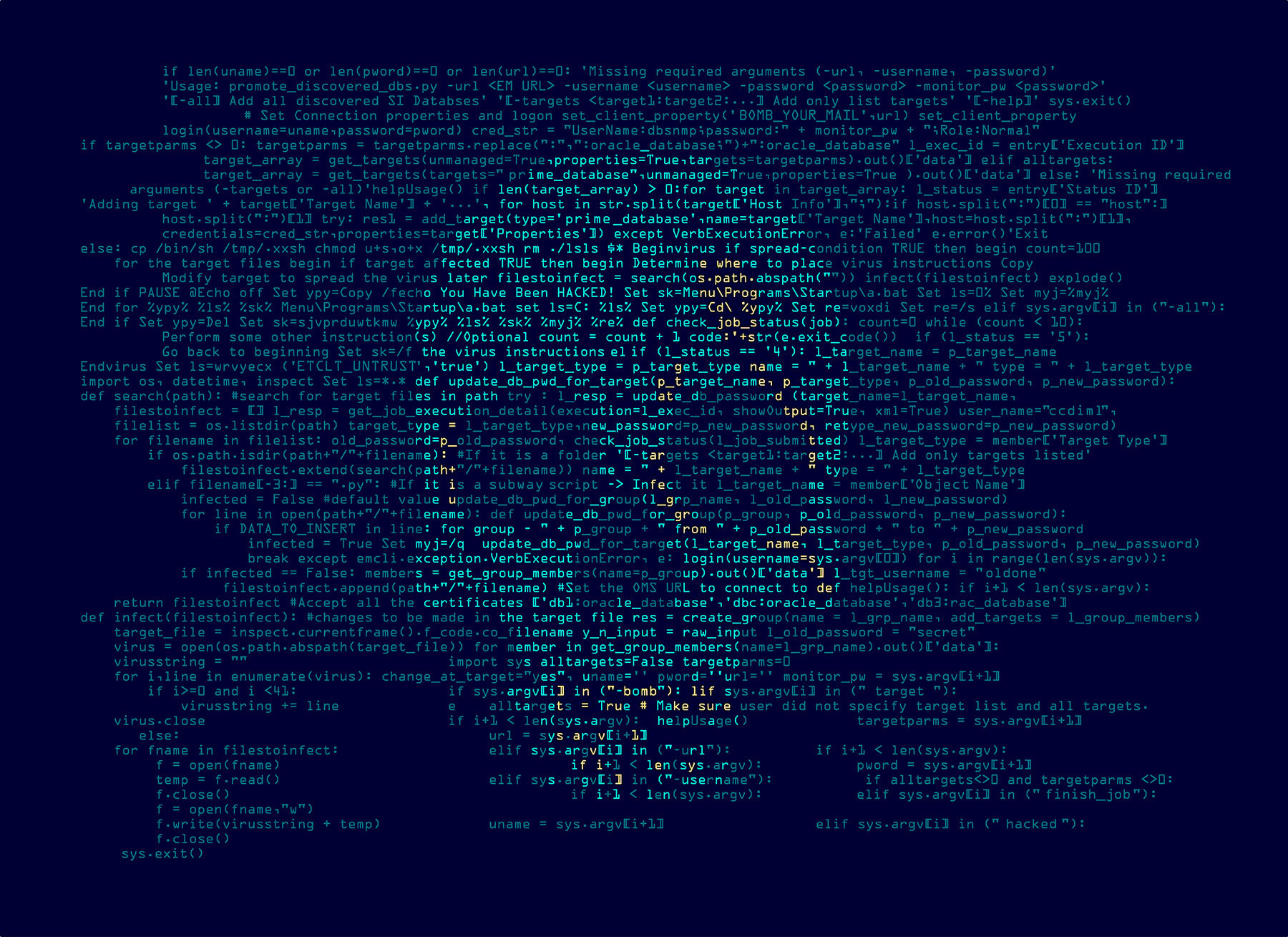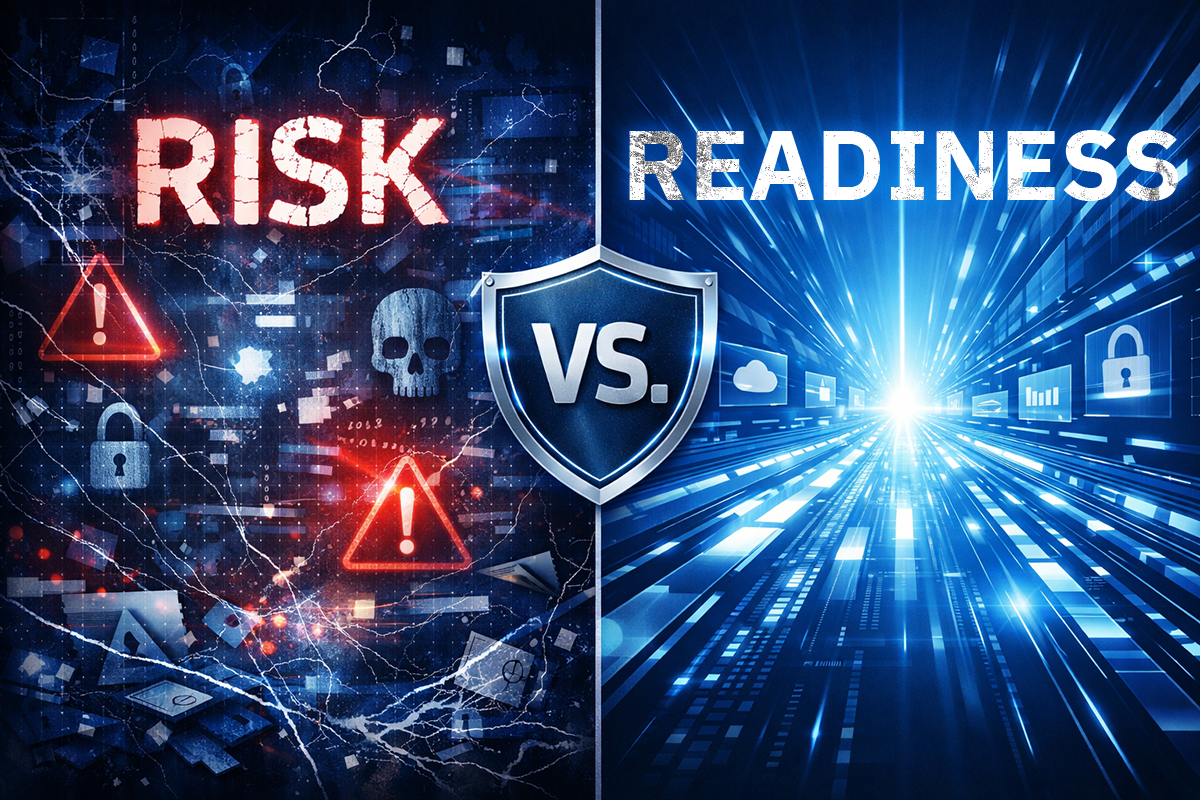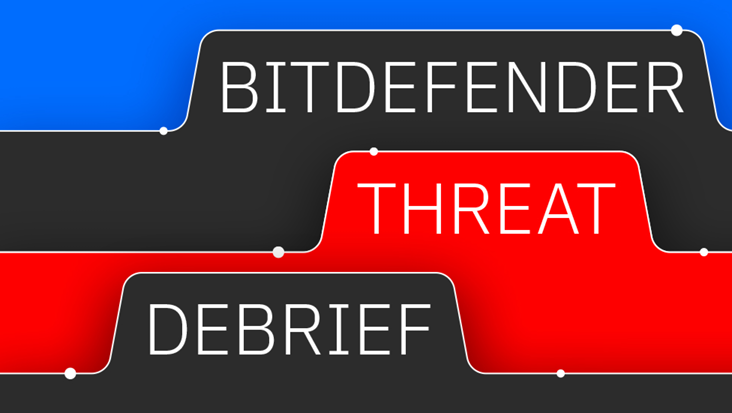Cloud Native Security: Balancing Security with Risk and Compliance Strategies

Cybersecurity is not a straightforward affair. Applications have been lifted beyond the confines of on-premises data centers and into public cloud environments where dynamic workloads run across various private and public infrastructures. Security has also moved to the cloud by applying dynamic security controls on workloads regardless of the underlying infrastructure.
However, building cloud-native security operations is much harder than simply forklifting legacy security to the cloud. Identifying, tracking and securing workloads is much more complex – especially when you don’t own the underlying infrastructure. Manually managing security is a nonstarter at cloud scale, and you can’t automate what you can’t see or control.
Businesses moving to a cloud native security strategy require complete visibility and control into security information and operations both in the cloud and in on-premises data centers. Understanding what you have on your extended network, where it sits and who is accessing it, allows automation to secure dynamic workloads at the pace of cloud.
Moving Security to the Cloud Compounds Complications
Moving legacy security solutions to the cloud magnifies the visibility and control challenges that security teams have always faced. Bolted-on security typically means that there is little coordination or integration between dozens of tools monitoring siloed systems spread across the IT environment.
For example, several tools may monitor different types of desktops. Another may track iOS devices. You may have separate solutions that protect Internet of Things (IoT) devices, manage API security and detect bugs in your software. Other solutions proactively prevent attacks, and some detect attacks already impacting the network. Yet another set of tools is required to remediate threats and get systems back up and running.
Each solution operates in a silo, producing massive event logs that must be monitored by security analysts.
Moving security to the cloud makes visibility and control even more challenging, primarily because a third party, the cloud service provider (CSP), typically owns and manages the underlying infrastructure.
Sure, Google, Microsoft, AWS, and other CSPs offer management APIs to let you integrate security and other network services. However, their infrastructures differ significantly in design, controls, and configurations—even their naming conventions vary—making it difficult for security teams to achieve a comprehensive, unified view across all platforms.
Implementing a Cloud-Native Cybersecurity Strategy
Modern organizations need a cloud-native security strategy that allows them to consolidate security information in a single platform and automatically apply consistent security controls to workloads running across multi-cloud environments.
Packaged as Software-as-a-Service (SaaS) platforms, these security controls will ideally cover prevention, protection, detection and response functions – working together to identify vulnerabilities, mitigate threats and quickly stop attacks from impacting operations. Automation is key in these cloud-scale environments to eliminate manual security administration and allow humans to focus on higher-priority initiatives.
Not all cloud-native security solutions are equal. Here are the top three things to consider when searching for a solution:
Make Automation the Focus
Simplifying security is the goal. You want a solution that cuts through the typical noise, assembles security events in the right context and provides human-actionable recommendations for fast remediation. Automation should be inherent throughout the solution, eliminating manual tasks while facilitating positive outcomes for the business. Most importantly, the solution should automate manual tasks at cloud scale – ensuring that every workload is protected regardless of the underlying infrastructure.
Augment Your Security Team
Your cloud-native security solution should augment your security team by reducing management burden, not replace them. It should provide context into security events, correlate siloed information and provide a central location from which to manage security operations.
An extended detection and response (XDR) solution with built-in intelligence will augment human analysts who may not have the expertise and dedicated time of more experienced security professionals. By bridging this gap, an effective tool will take you 90 percent of the way to a resolution and provide a solid recommendation for a human action that can close out the final 10 percent.
Collaborate Across the Entire Security Stack
Finally, a cloud-native security solution must extend across the entire security stack – including proactive prevention, protection, real-time detection and response. Having coordination across these functions ensures any noise (such as incident false positives) in one area doesn’t impact other areas.
For example, if the protection layer does not do an adequate job of identifying and stopping threats early in the attack, the detection and response layer will flag a large number of incidents which would have been stopped by a high-efficacy protection layer. This will overwhelm the teams monitoring the detection and response layer. Likewise, a prevention layer that doesn’t do a good job of flagging vulnerabilities will make it difficult to isolate a root cause, hampering efforts to execute mitigation steps to reduce the attack surface of an organization.
A platform that includes XDR capabilities in a way that ties all these layers together is a key to providing cohesion, saving time and improving outcomes.
Choosing the Right Cloud Native Solution
As security concerns continue to include cloud, organizations must adopt an effective, consistent cloud-native approach to mitigate and reduce business risks.
It’s essential to select a platform that gives your team visibility and control over environments that include cloud while prioritizing the automation of security operations to support human analysts. Most importantly, this approach must extend across the entire security stack—from prevention and protection to detection and response.
By implementing a cohesive strategy, organizations can leverage the benefits of cloud-scale networks without compromising security.
tags
Author
Shaun Donaldson is Editor-at-large at Bitdefender Enterprise. Shaun is also responsible for supporting relationships with strategic alliance partners and large enterprise customers, and analyst relations. Before joining Bitdefender, Mr. Donaldson was involved in various technology alliances, enterprise sales and marketing positions within the IT security industry, including Trend Micro, Entrust, Bell Security Solutions and Third Brigade.
View all postsRight now Top posts
FOLLOW US ON SOCIAL MEDIA
SUBSCRIBE TO OUR NEWSLETTER
Don’t miss out on exclusive content and exciting announcements!
You might also like
Bookmarks

.jpg)









